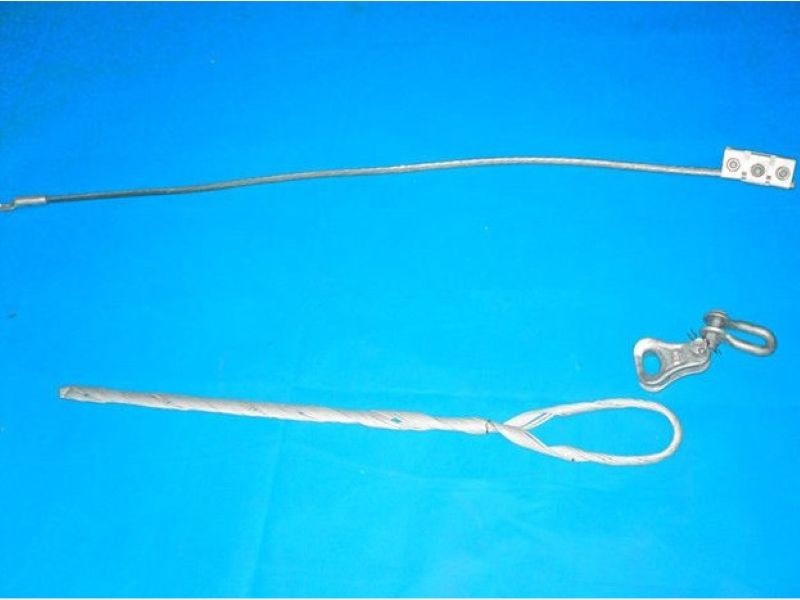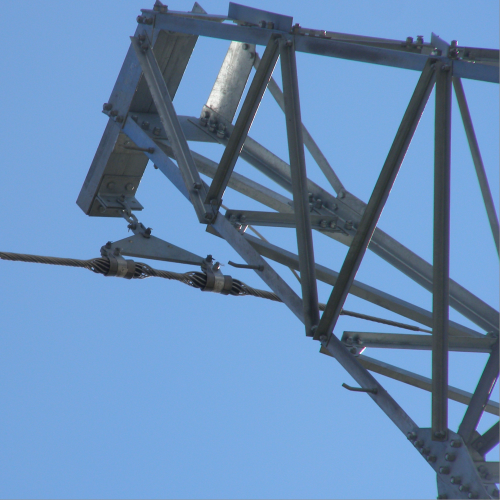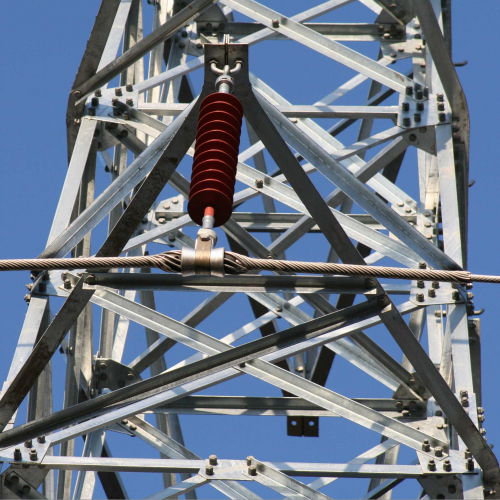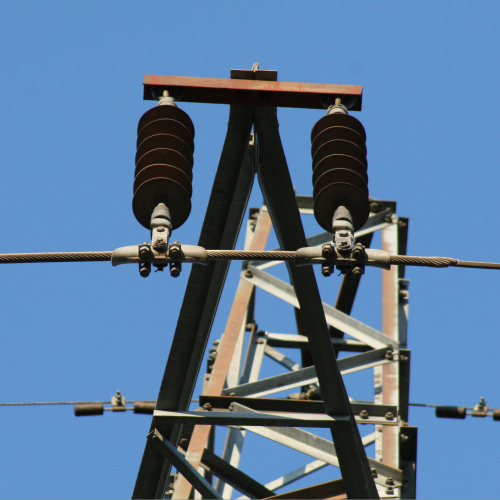The installation of grounding wire clamp is an important part of ensuring the safe operation of the electrical system, and the quality of the installation will directly determine the protection effect. The scientific and standardized installation process needs to take into account multiple dimensions in order for the grounding wire clamp to function effectively in the event of a failure or disaster. Therefore, this article will explain in detail the installation method of grounding wire clamp for you.
The preparation before the installation of the grounding wire clamp will directly affect the quality of subsequent construction and needs to be strictly controlled. Before installation, the grounding system must be designed first, and the grounding type and parameters must be determined according to the use scenario. During the design, it is necessary to investigate the resistivity of the soil on the site, determine the soil type through geological drilling, and use the quadrupole method to measure the soil resistivity if necessary to provide a basis for the arrangement of the grounding body. Before construction, you also need to prepare professional tools, including grounding resistance testers, electric welding machines, impact drills, grounding shaking meters, etc., While cleaning up obstacles on the construction site, confirming the location of underground pipelines, and preventing damage to cables, water pipes and other facilities during construction.

There are strict technical specifications for every aspect of the installation of the grounding wire clamp. The first step is to bury the ground body, which is the basis for building a low resistance path. Determine the number and arrangement of grounding bodies according to the design requirements, and dig trenches with a depth of ≥0.6 meters at the selected location. The grounding body is pierced vertically into the ground, the top is 0.5-0.8 meters from the ground, and the spacing between the multiple grounding bodies is ≥5 meters. It is connected by horizontal grounding wire clamp welding to form an overall network. If the soil resistivity is too high, you can replace the resistance reducer around the grounding body, or use deep well grounding (depth ≥10 meters) to reduce the grounding resistance. The second step is the connection of the grounding wire clamp. The key is to turn on the low resistance. The connection between the preformed grounding wire and the grounding body needs to be welded or crimped, and cannot be simply connected by winding or bolts. When welding, the lap length of flat steel is ≥2 times the width, and the lap length of round steel is ≥6 times the diameter, and welding on three sides is required. When connecting copper and steel, copper-aluminum transition joints need to be used to prevent electrochemical corrosion. The connection part needs to be anticorrosive treatment. The welding place is first coated with anti-rust paint, then asphalt paint or wrapped in anticorrosive tape to ensure that it is not easy to oxidize during long-term operation. The third step is the connection between the equipment and the preformed grounding wire, which needs to achieve reliable electrical conductivity. For household equipment, the grounding pin of the three-pin plug is connected to the socket preformed grounding wire, and the socket preformed grounding wire needs to be connected to the building grounding trunk line. Industrial equipment needs to be crimped with a copper nose and bolted to the ground terminal of the equipment. The contact surface needs to remove the oxide layer and apply conductive paste. The preformed grounding wire of high-voltage equipment also needs to consider the requirements of thermal stability and dynamic stability, and the cross-section selection needs to meet the tolerance of short-circuit current. There are differences in the installation points of different scenarios. The installation of preformed grounding wire needs to adjust the process according to the application scenario to achieve the purpose of adapting to the needs of the environment.




